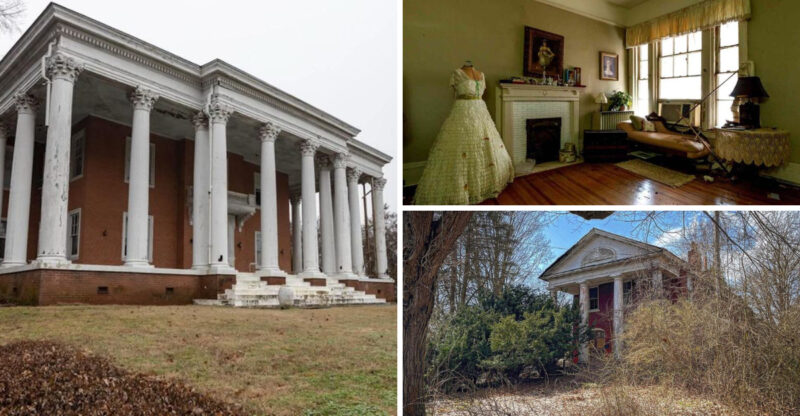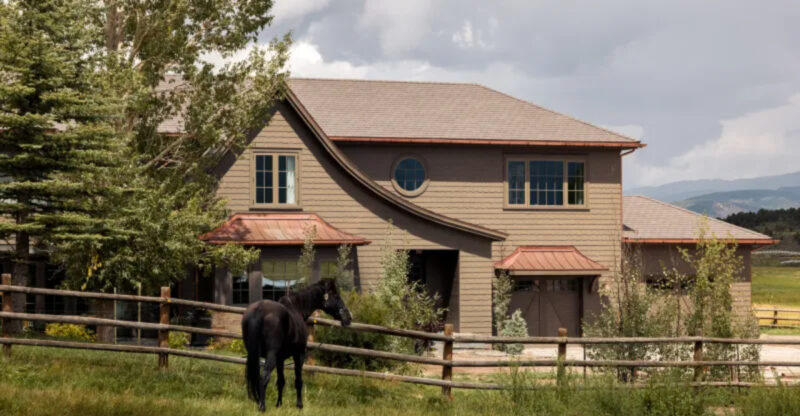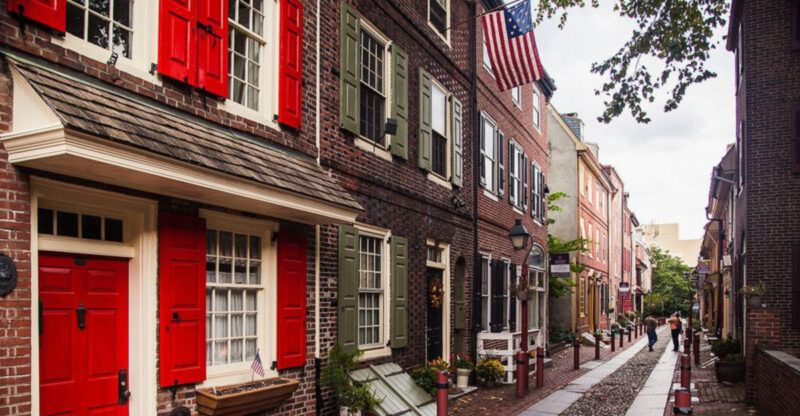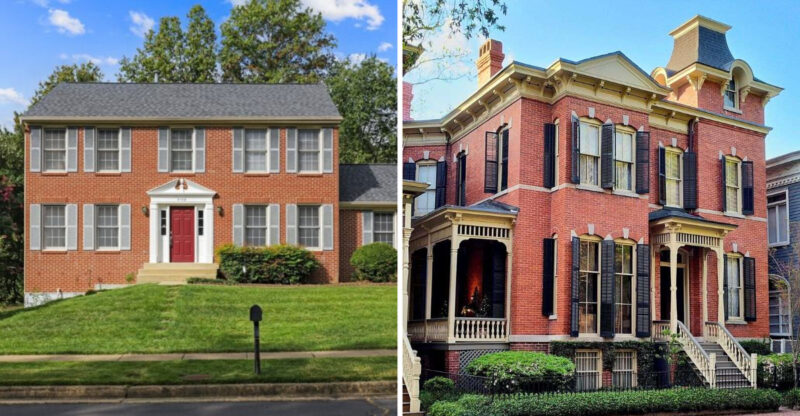Weeden House Museum In Huntsville Opens Doors To 19th-Century Southern Living
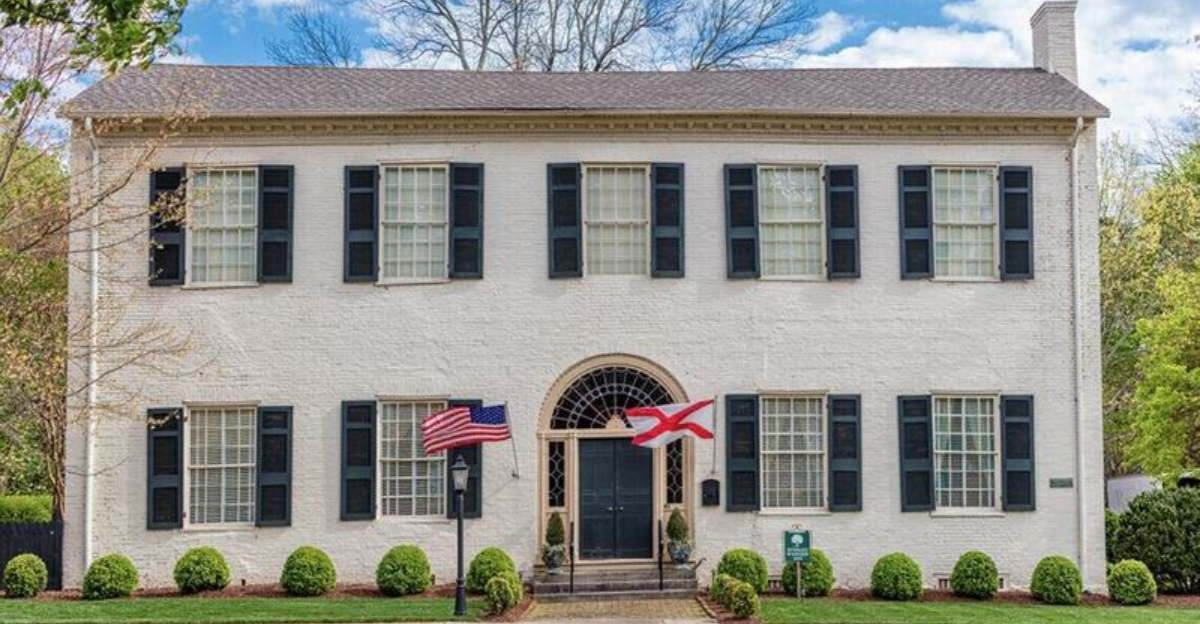
Step into the past at the Weeden House Museum, a timeless gem nestled in Huntsville, Alabama. Built in 1819, this beautifully preserved Federal-style home immerses visitors in the rich history and culture of 19th-century Southern life.
With its authentic period furnishings and the enduring legacy of poet Maria Howard Weeden, the museum offers a rare and intimate look at antebellum life in Huntsville, making it an essential destination for history enthusiasts and curious travelers alike.
1. History Of The Weeden House Museum
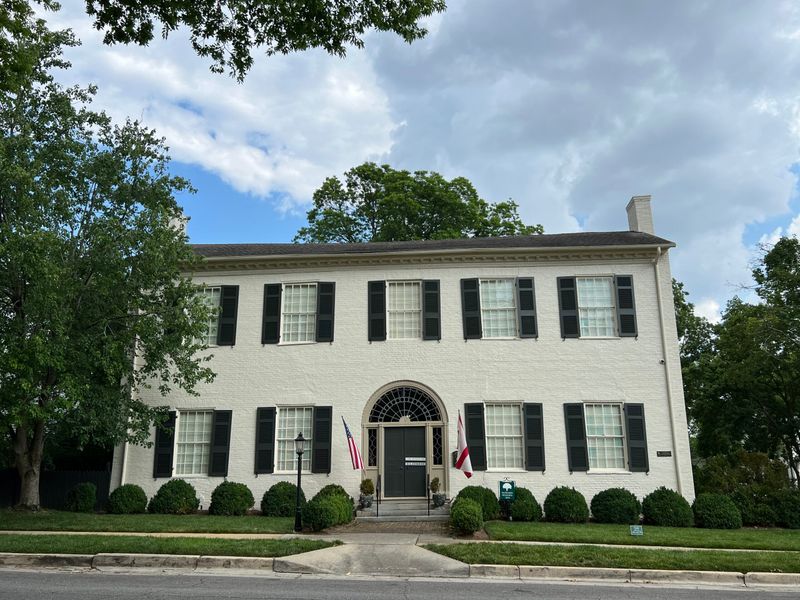
Built in 1819, this remarkable structure stands as Huntsville’s oldest public house museum. The property passed through several prominent families before the Weedens acquired it in 1845.
During the Civil War, Union officers commandeered the house, leaving their mark on its storied walls. After years of private ownership, the Twickenham Historic Preservation District rescued and restored this architectural gem in 1973.
2. Design Elements From The 19th Century
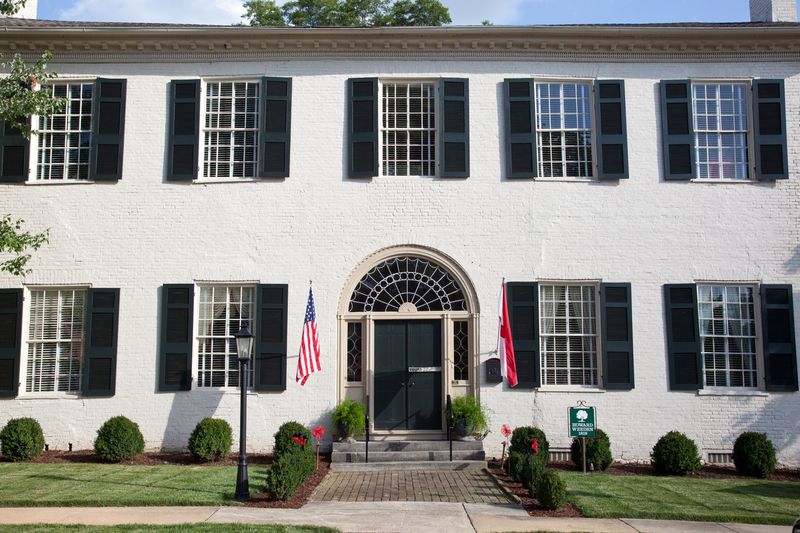
Elegant simplicity defines the Federal-style architecture that was fashionable when wealthy merchant Henry Bradford commissioned this home. Symmetrical windows frame the entrance, showcasing the period’s emphasis on balance and proportion.
Hand-carved woodwork adorns doorways and mantels throughout, demonstrating the craftsmanship of early American artisans. Original heart pine floors have withstood two centuries of footsteps, telling silent stories of generations past.
3. Distinctive Southern Architectural Style
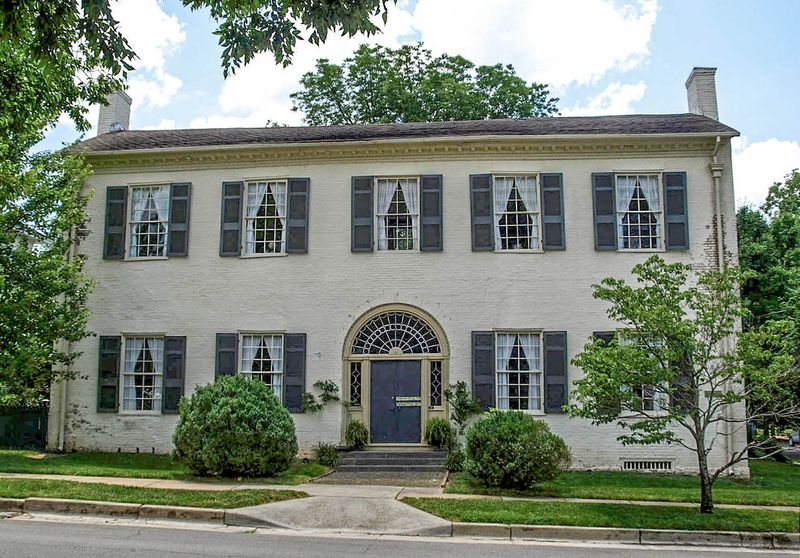
Red brick exterior walls contrast beautifully with white trim, exemplifying the refined Federal aesthetic that wealthy Southern families embraced. Tall windows maximize natural light and ventilation – practical features in the era before electricity and air conditioning.
The central hallway design creates a cooling cross-breeze during sweltering Alabama summers. High ceilings throughout the home serve both aesthetic purposes and help regulate temperature, a clever adaptation to Southern climate challenges.
4. Interior Design Features
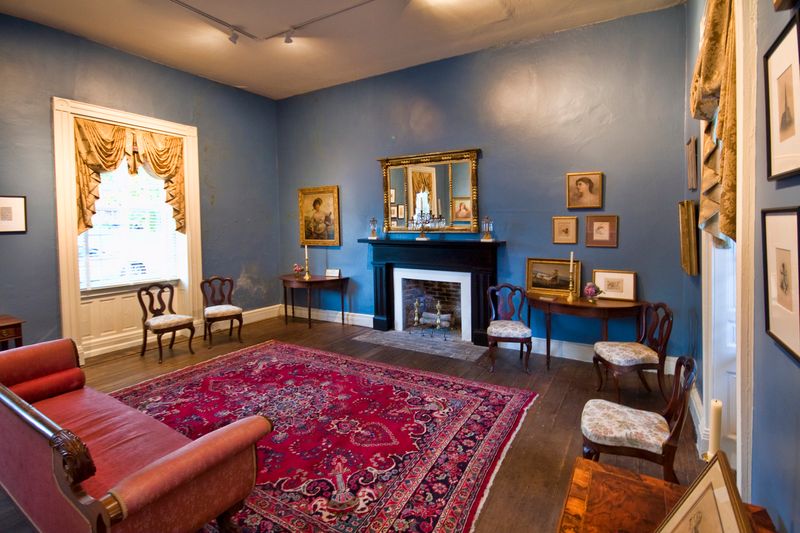
Stepping across the threshold reveals rooms arranged for both functionality and social gatherings. The formal parlor, where visitors were entertained, showcases period-appropriate furniture arranged for conversation.
Candle sconces and oil lamps illuminate corners where electric lights never existed during the Weedens’ time. The dining room features a table set with fine china and silver, ready for an elaborate Southern meal that would have impressed 19th-century guests.
5. Key Artifacts And Displays
Original paintings by Maria Howard Weeden, known professionally as Howard Weeden, form the heart of the museum’s collection. Her delicate watercolor portraits of formerly enslaved individuals captured dignity often denied in post-Civil War representations.
Family heirlooms including hand-written letters, clothing, and personal effects offer intimate glimpses into daily life. Visitors marvel at the tiny brushes Weeden used to create her remarkably detailed portraits – some hairs so fine they contained just three bristles.
6. Interpretation Of Southern Life In The 19th Century
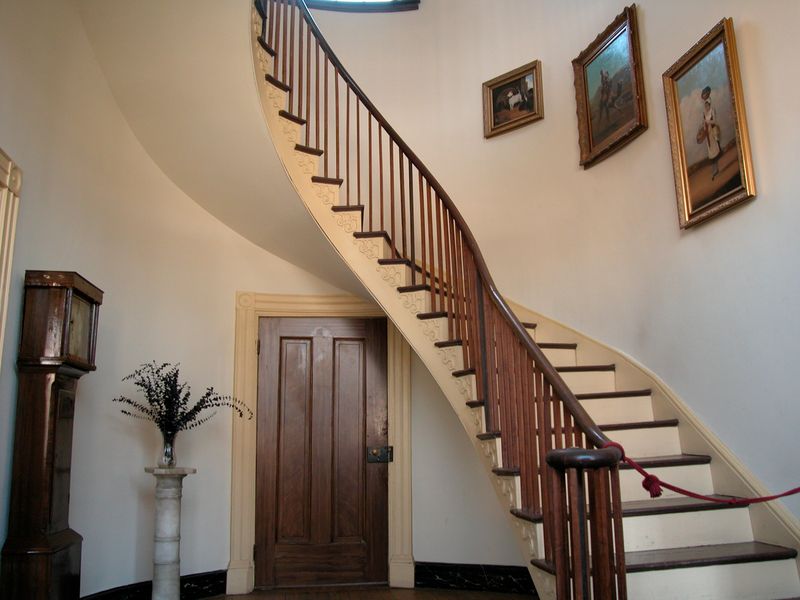
Guided tours reveal the complex social dynamics of antebellum and post-Civil War Huntsville. Docents explain how the household functioned with both family members and enslaved workers before emancipation.
Kitchen implements and household tools demonstrate the labor-intensive nature of daily tasks we take for granted today. The museum doesn’t shy away from difficult conversations about privilege, race, and Maria Weeden’s unusual artistic focus on portraying Black Americans with remarkable humanity for her era.
7. Special Events Hosted At The Museum
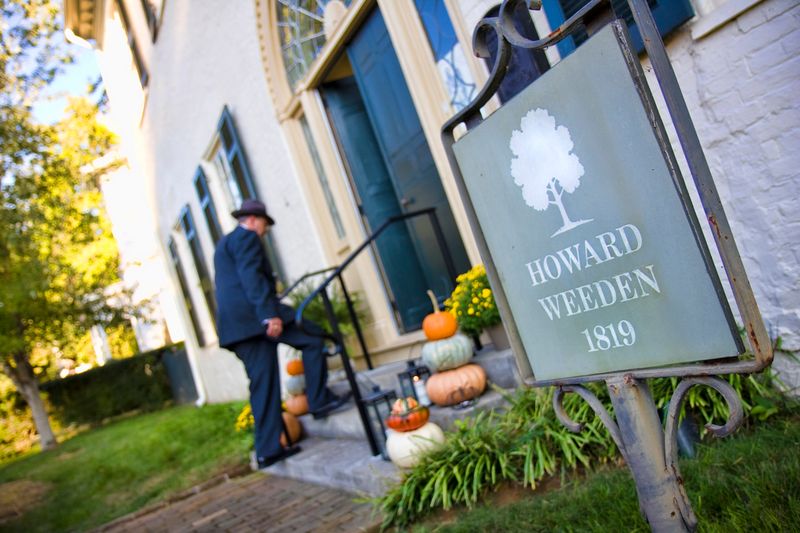
Candlelight Christmas tours transform the house with period-appropriate holiday decorations each December. Visitors experience the warmth of seasonal traditions as they would have been celebrated nearly two centuries ago.
Poetry readings honor Maria Weeden’s literary legacy throughout the year. The garden provides a charming backdrop for intimate weddings and receptions, connecting modern celebrations to the property’s long history of Southern hospitality and cultural significance.
8. Visitor Experience
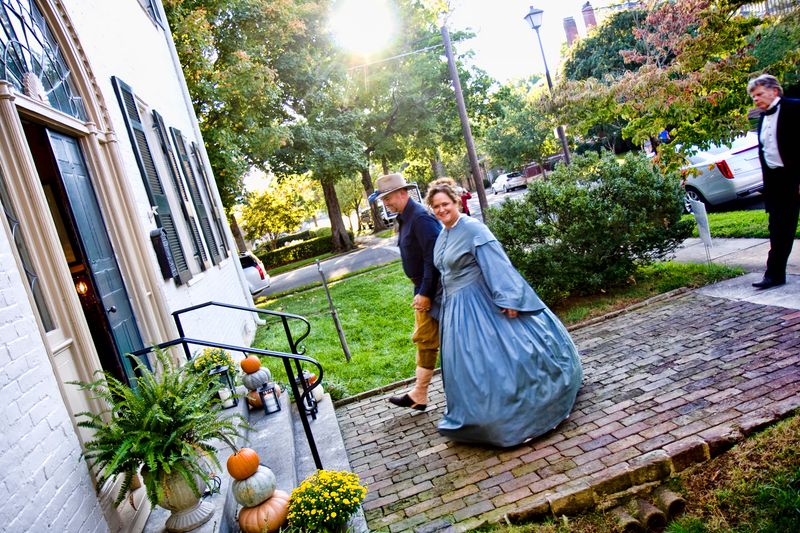
Knowledgeable guides bring history to life through engaging stories about the families who called these rooms home. Many visitors express surprise at how relatable certain aspects of 19th-century life feel despite technological differences.
Children enjoy hands-on history stations where they can try quill pen writing or play with period-appropriate toys. The gift shop offers reproductions of Maria Weeden’s artwork, allowing guests to take home a meaningful connection to this remarkable woman’s artistic legacy.
9. Preservation Efforts
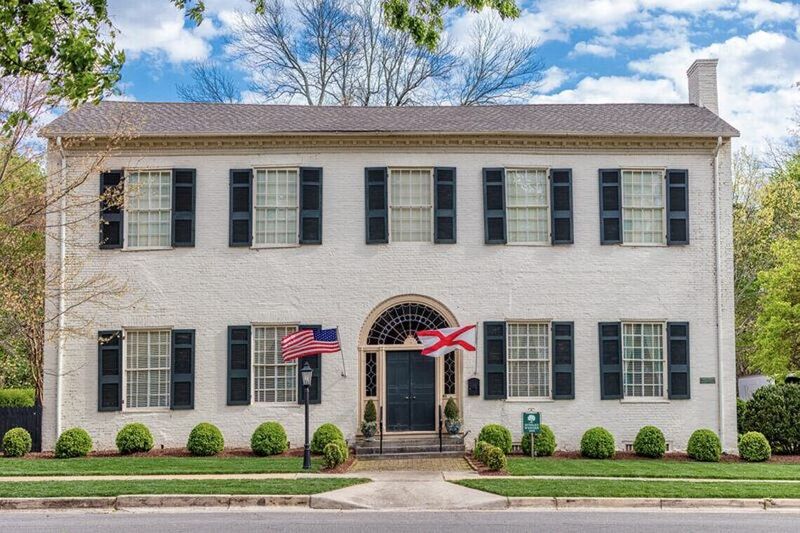
Ongoing conservation work ensures this architectural treasure remains standing for future generations. Climate control systems have been carefully integrated to protect delicate artifacts without compromising historical integrity.
Community volunteers assist professional conservators with specialized cleaning of irreplaceable items. The Weeden House Association continually researches primary documents to enhance the accuracy of their historical interpretation, ensuring visitors receive the most authentic experience possible based on scholarly understanding.

